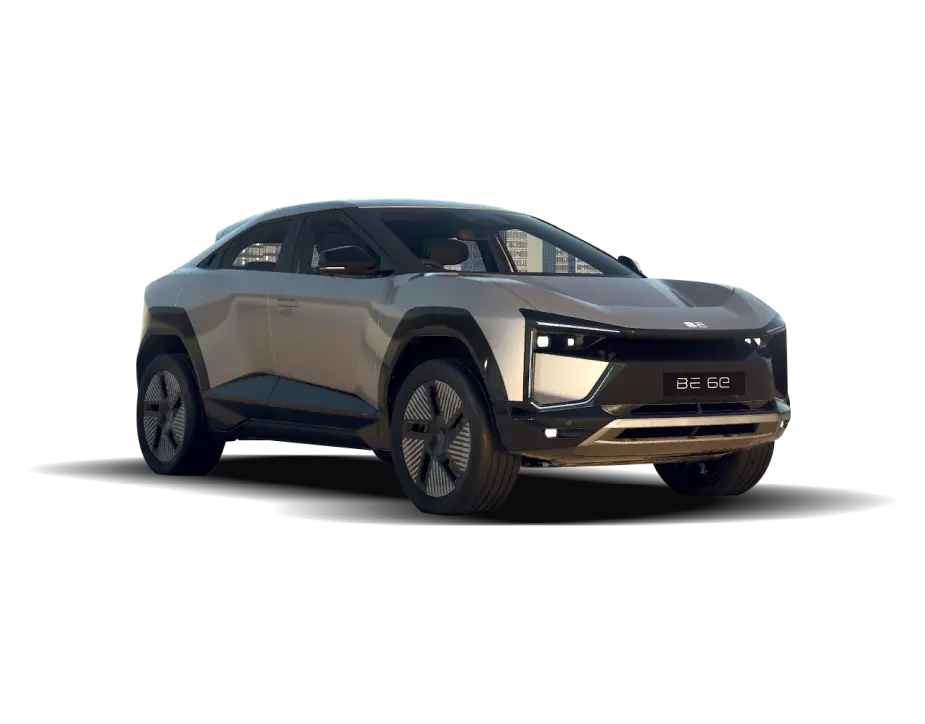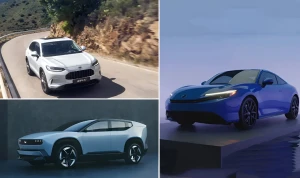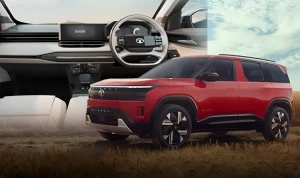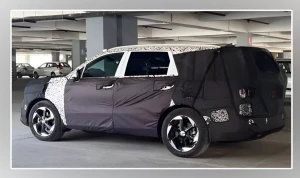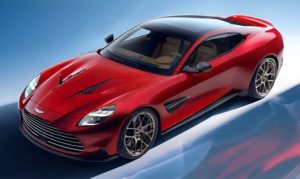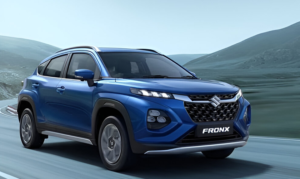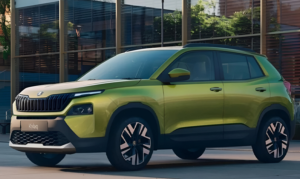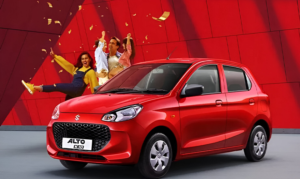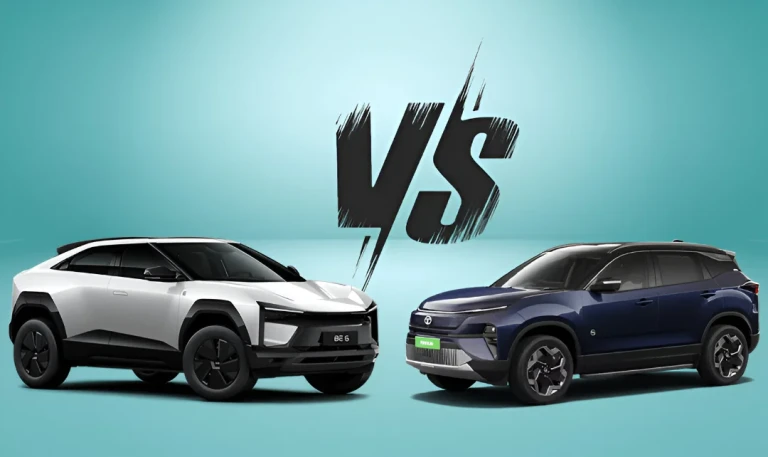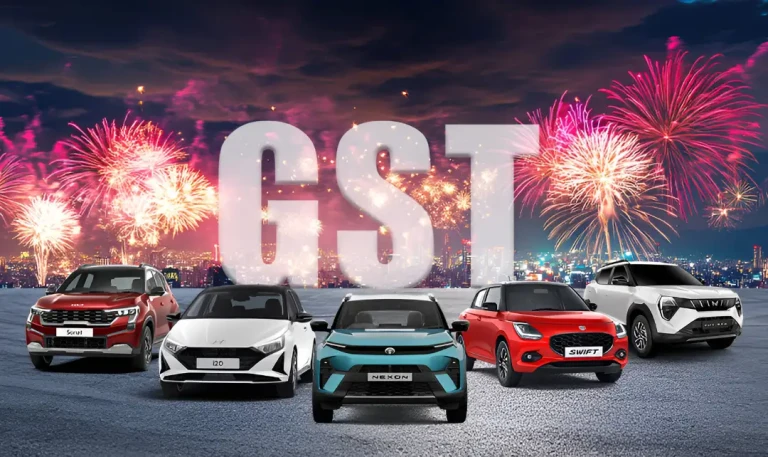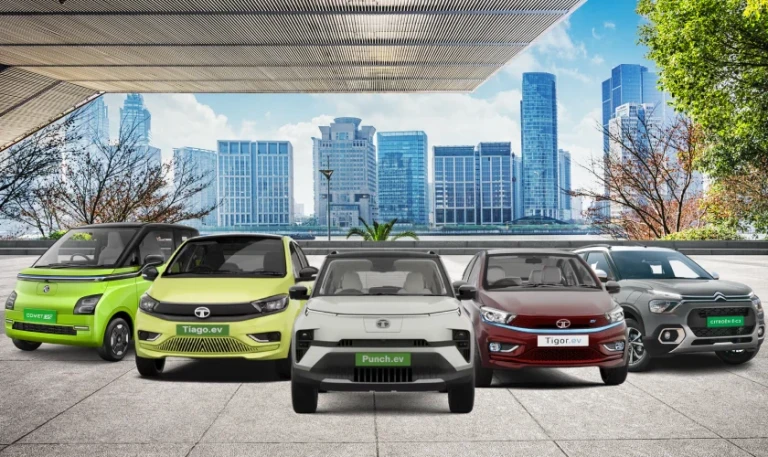Delhi’s New EV Policy 2.0 to Mitigate Air Pollution
14 May 2025, 03:10 PM
828

AD
Delhi Govt launches ambitious Electric Vehicle (EV) Policy 2.0 for switching the capital to an ideal electric vehicle landscape by 2027. The move is one of the initiatives that the city is taking to curb the rising air pollution and embrace sustainable transport.
Based on the draft policy, 95% of new vehicles to be registered in Delhi by 2027 is to be electric. In doing that, the government has come up with a list of actions to phase out internal combustion engine (ICE) vehicles and increase EV infrastructure and financial incentives to increase adoption.
Catch the latest launches and updates on CarOnPhone!
Key Policy Measures
Phasing Out Fossil-Fuel Two-Wheelers: Petrol, diesel, and CNG two-wheeler registrations might be fully restricted in Delhi as from August 15, 2026. Also, there will be no renewal of the CNG auto-rickshaw permits that are currently held.
Public Transport Electrification: All public vehicles under an agency such as Municipal Corporation of Delhi, New Delhi Municipal Council, and Delhi Jal Board- such as bus and garbage trucks-will be converted to electric technology by the end of the year 2027.
Financial Incentives for EV Buyers:
Buyers of electric two-wheelers will be given a subsidy of Rs 10,000 per kilowatt-hour (kWh), which is capped at Rs 30,000 per vehicle.
Women riders will receive a higher subsidy that is Rs 12,000 per kWh with a ceiling of Rs 36,000 for the first 10,000 women who possess a valid driving license.
Charging Infrastructure Development:
The policy requires that EV charging points are installed in all new buildings and public space as well as a roll-out of fast roads, major roads.
Private Vehicle Regulations: An electric car must be acquired by the individuals who already own two cars that use fossil fuel if they need to purchase a new car (according to the proposed rules).
Support for Vehicle Scrapping: Benefits may be given for scrapping the old vehicles or retrofitting them with EV kits: details are being finalized.
Economic and Environmental Impact
The government expects the policy to generate more than 20,000 jobs in the EV ecosystem which include manufacturing, servicing, charging infrastructure and logistics.
The policy is also expected to greatly contribute to the reduction of vehicular emissions, which plays a central role to the hazardous air quality in the city. Incentive Drugs According to the Centre for Science and Environment, vehicular pollution contributes to 38pc of the emission of PM2.5 in Delphi in peak winter months.
Policy Implementation and Feedback
The draft policy has now been released to the general public for comments, and the final version is due to be notified sometime this year. Stakeholders such as manufacturers, fleet operators, and citizens have been requested to give feedback.
Speaking after the announcement, Kailash Gahlot, Delhi Transport Minister said, “Delhi’s EV Policy 2.0 is not only aimed at reducing pollution but also at creating green jobs and becoming the front end of national shift towards clean mobility”.
Looking Ahead
Delhi’s EV Policy 2.0 totes its time constraints and incentives existing on the progressive side of the spectrum, allowing the capital to lead India’s clean mobility transition. Though hurdles regarding infrastructure, cost and public acceptance persist, the government is convinced that comprehensive policy support will speed up change.
The capital that had struggled with among the worst air pollution levels in recent years is hoping that the change in policy signifies a turning point in environmental planning as well as of urbanism.
CarOnPhone is your one-stop destination to see all upcoming cars, latest cars, released cars, and EV Cars, and compare Cars in all Car Brands. Stay tuned and follow us to update yourself on the automotive world.
Was this article helpful?



